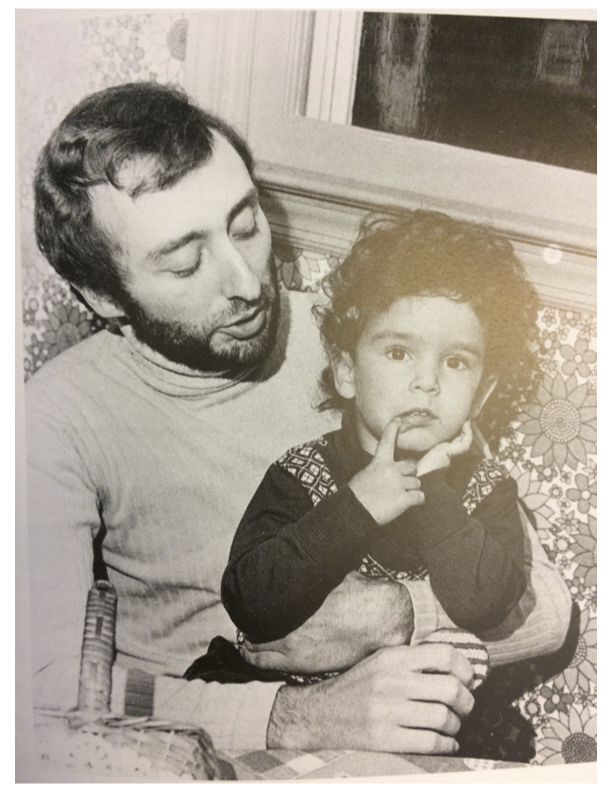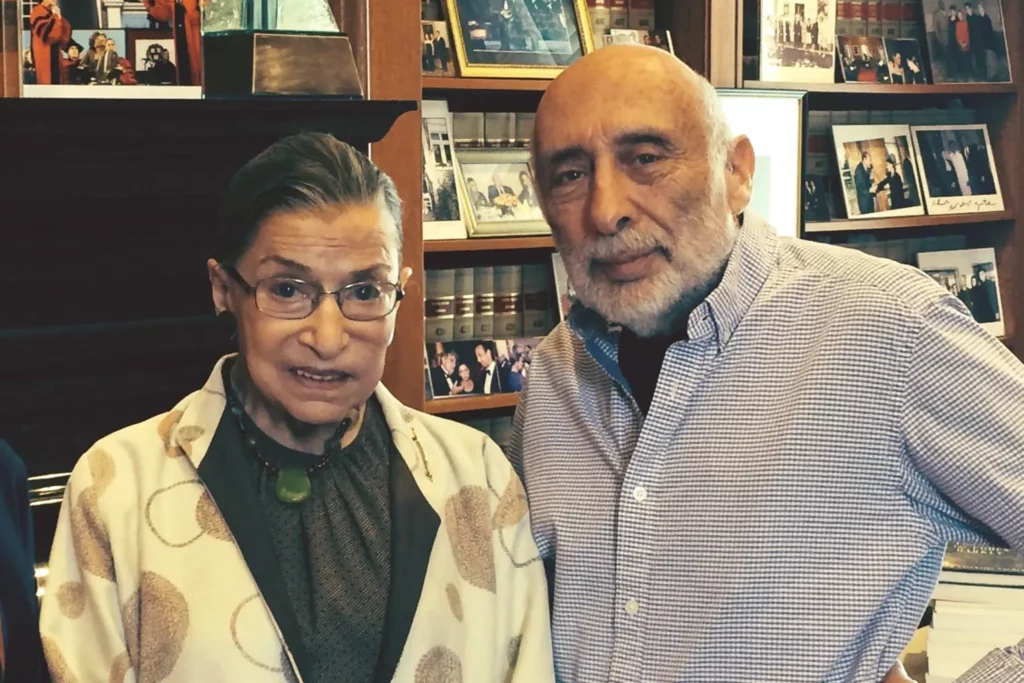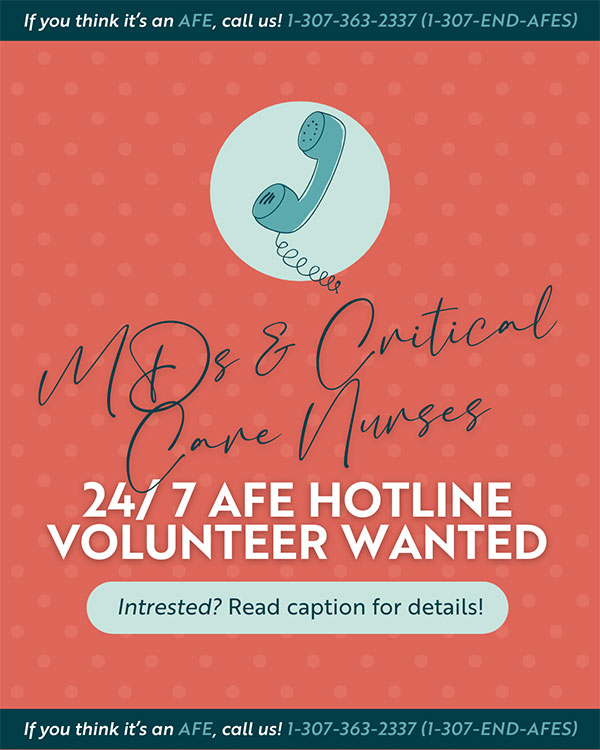
On June 5, 1972, Paula and Stephen Weisenfeld, were overjoyed to welcome their first child. Paula, a teacher, planned to return to work while Stephen, who ran a computer consulting business, would stay home to help care for their child. Their decision was unusual for the 1970’s, when the social norm was for the mother to stay home and the father to be the breadwinner.
As a high school math teacher, Paula earned a good living with regular paychecks, whereas Stephen’s income was unreliable and sporadic. It was an easy decision for them, but would challenge conventional thinking and eventually become the case at the center of a significant Supreme Court case.
The events that unfolded on that day 51 years ago set Stephen on a course no one could have imagined. Tragically, his wife, Paula, suffered a fatal amniotic fluid embolism. He became a father and widower at the same moment. When he set out to the social security office to apply for survivors’ benefits, he was shocked to learn those benefits were only for widows, not widowers.

When Rutgers law professor Ruth Bader Ginsburg learned of Stephen’s story, she immediately vowed to help. She argued, the 1935 establishment of the Social Security Act did not uphold the 5th amendment and discriminated against women and widowers. On March 19, 1975 the Supreme Court voted unanimously in favor of Stephen, establishing spousal benefits for widowers.

Stephen and late-justice Ginsburg formed a close and lasting friendship: so much so she served as officiant in Stephen and his son, Jason’s, weddings. They remained close until her recent passing. The Supreme Court case has now set a precedent for many other important legislation around gender equality.
Learn more about the lengthy legal process in Stephen’s words.


